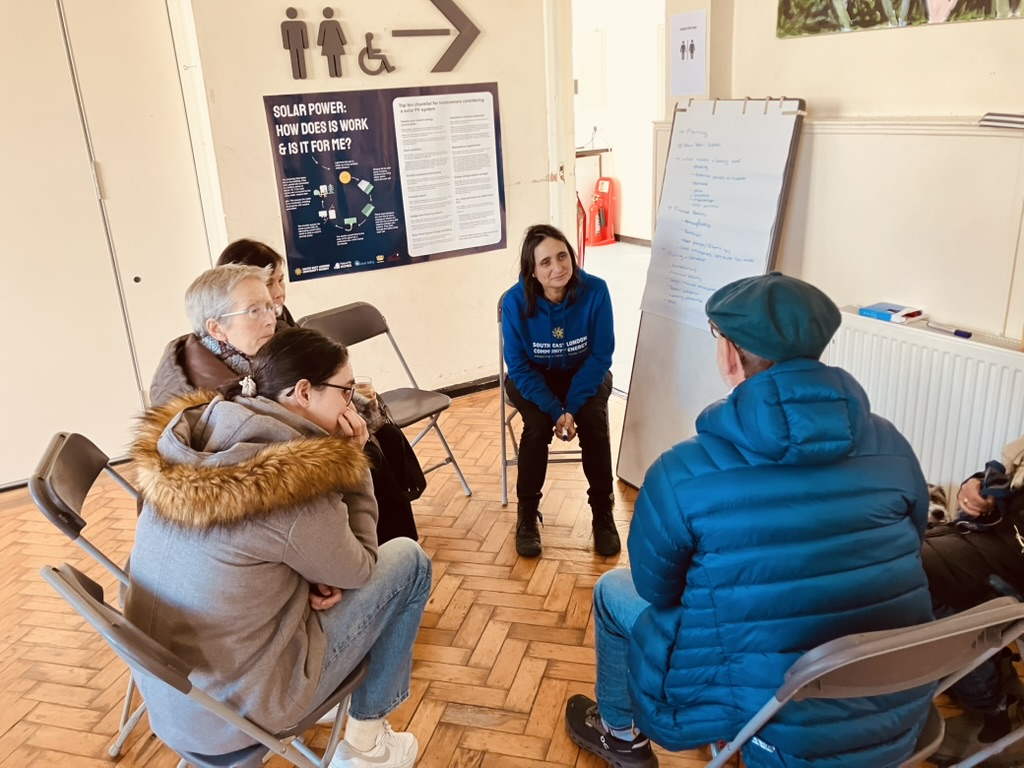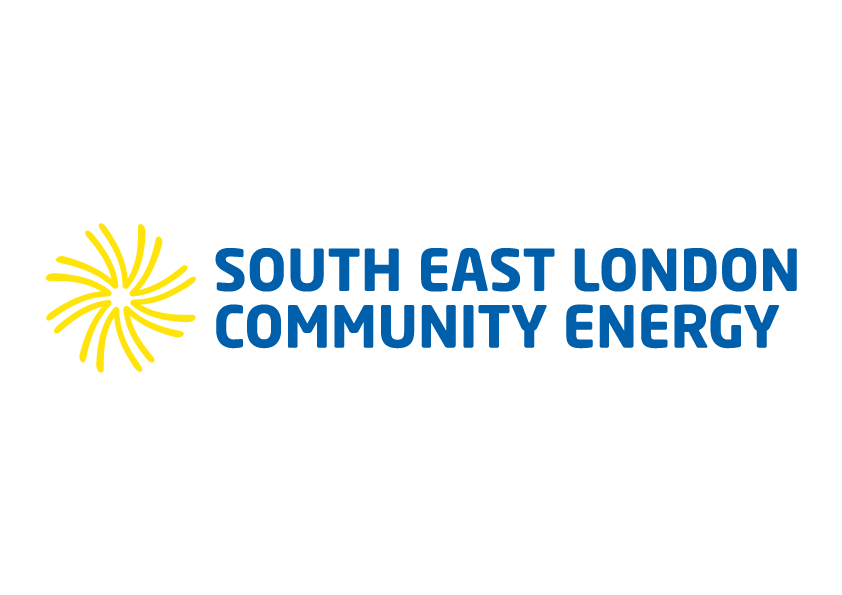Top Ten Checklist for Homeowners Considering Solar Panels on their Homes

1. Assess Your Home’s Energy Consumption
Why it matters: Understanding your household’s energy needs (kWh per month/year) helps determine the size of the solar PV system needed.
What to do: Review your energy bills from the last 12 months to get an accurate picture of your electricity consumption.
Futureproof: Consider future plans for your home (electric vehicle, air conditioning, all electric home, renovations) that may mean higher electricity requirements the future
2. Roof Suitability
Why it matters: The roof needs to have enough space, face the right direction, and be structurally sound to support solar panels. Slate roofs a for example notoriously challenging for installing solar
What to do: Check if your roof faces south, southeast, or southwest (the ideal orientations), and ensure it is not shaded by trees or other buildings. Many homes have a gabled roof with east-west orientation – this too is a suitable layout for solar, allowing more generation in the morning and evenings. A structural survey may be needed for older homes.
3. Sunlight Exposure and Shading
Why it matters: Solar panels generate most of their power during sunny hours; shading from trees, chimneys, or neighbouring buildings can drastically reduce efficiency.
What to do: Evaluate any potential shading issues at different times of the day and year, especially during peak sunlight hours. Your installer can advise on equipment that can minimise shading impacts
4. Available Space
Why it matters: Adequate space on your roof or land is essential for installing a solar system that can generate enough energy to meet your needs.
What to do: Estimate how much space you have for solar panels and whether it can accommodate the size of system you require. An average home might need 10-14 panels to cover the household’s energy consumption.
5. Budget and Financing Options
Why it matters: Solar installations can be expensive, so it’s important to explore financing options and calculate the return on investment (ROI).
What to do: Get quotes from multiple installers. Consider solar loans, home improvement loans, or government incentives like the Smart Export Guarantee (SEG), which allows you to earn money for excess energy produced.
6. Solar Panel System Design and Sizing
Why it matters: Choosing the right system size is crucial to maximizing energy savings without overpaying for unnecessary capacity.
What to do: Consult with a certified solar installer to help design a system tailored to your energy needs, factoring in roof size, energy consumption, and available sunlight.
7. Installation Company Credentials
Why it matters: The quality of installation can affect the efficiency, longevity, and safety of your system.
What to do: Choose an accredited installer that is a member of organisations like MCS (Microgeneration Certification Scheme)and RECC (Renewable Energy Consumer Code). Verify their experience and customer reviews. Ask for local installs that you can view.
Futureproof: Look for installers with installation workmanship warranties of 5 years or more (ideally 10 years). Look for solar panels with quoted product warranty length of 10-12 years, and for inverters ideally 10 years.
8. Maintenance Requirements
Why it matters: While solar PV systems require minimal maintenance, ensuring their optimal performance over time is essential.
What to do: Keep nearby trees trimmed to minimize shading and ensure panels receive maximum sunlight. In the UK, rain typically cleans panels effectively if they are tilted at an angle of 15 degrees or more. However, ground-mounted panels or those in dusty areas may require occasional professional cleaning. Your installer should provide written guidance on system maintenance, including how to recognise inverter fault signals and basic troubleshooting steps. Ensure the installer explains these details after installation and discuss the system’s maintenance needs before committing to the project.
9. Energy Storage (Battery Storage)
Why it matters: If you generate more electricity than you consume, having battery storage (e.g., Tesla Powerwall) can allow you to store excess energy for use when solar generation is low (like at night).
What to do: Consider whether battery storage is a good option for your home, especially if you want to maximize energy independence and reduce reliance on the grid. Be aware that storage systems come with additional upfront costs.
10. Do I Need Permission to Install Solar PV?
Why it matters: Certain permissions may be required depending on your property type, location, and the capacity of your solar PV system.
What to do:
Planning Permission: In most cases, solar panels are considered permitted development in the UK, meaning planning permission is not required. However, exceptions include listed buildings, conservation areas, and properties with specific restrictions.
DNO (Distribution Network Operator) Permission: If your system exceeds 3.68 kW per phase, you’ll need approval from your DNO to connect it to the grid. Your installer will typically handle this process but confirm that they will do so.
